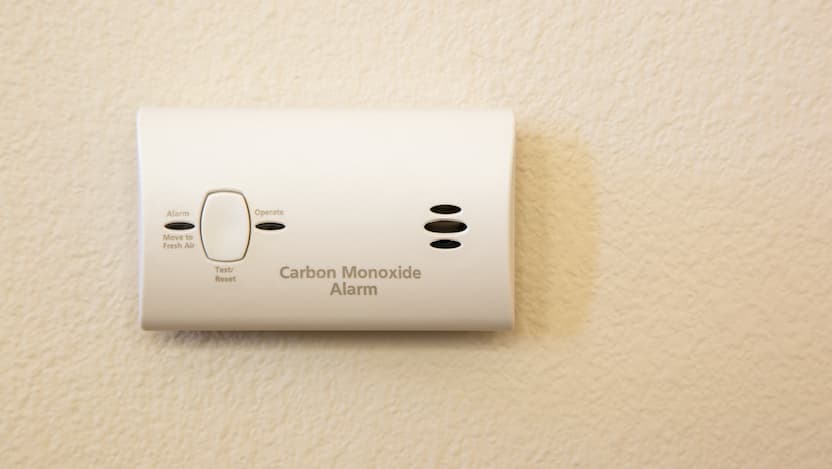Wintertime dangers of carbon monoxide poisoning: 'the silent killer'

During cold weather months, certain methods of keeping warm can unintentionally cause carbon monoxide (CO) poisoning. According to the Centers for Disease Control and Prevention, CO exposures and poisonings occur more often during times when people are more likely to use furnaces and heaters.
Carbon monoxide is a gas that comes from burning common sources of carbon such as natural gas, paper, coal or cloth. Sources in our homes can include the fireplace, car exhaust, oven and furnace.
In situations without proper air flow or ventilation, such as a running car in a closed garage, bringing grills inside or using gas stoves for personal heat, CO can build up and become dangerous.
Why is carbon monoxide poisoning called the “silent killer"?
Carbon monoxide has no smell, taste or color. It binds to our red blood cells and stops them from carrying oxygen in our body.
What are symptoms of carbon monoxide poisoning?
Common symptoms of carbon monoxide poisoning include:
- Headache.
- Dizziness.
- Nausea.
- Vomiting.
- Mild confusion.
- Shortness of breath.
Symptoms can often resemble the flu or a common cold.
Other symptoms of CO poisoning may include memory problems, difficulty concentrating, frequent emotional changes and feeling intoxicated. Severe poisoning can lead to death.
What can you do to protect yourself and others?
- We recommend a CO detector in every floor of your home, placed in hallways or outside bedrooms so you are awakened and alerted quickly.
- A CO detector should always be placed near any sleeping areas and be loud enough to wake you. Be sure detectors are not near open windows, vents or fans, as the moving air will lessen their effectiveness.
- Be sure that the fireplace and other fuel-powered appliances are working properly, to prevent gas leaks.
- Do not use a gas-powered generator in a closed or small space.
- Do not use grills, stoves, ovens or other similar appliances as a source of heat.
- Fire departments often carry a limited number of CO detectors for distribution. Call your local fire department to check their availability.
What should you do if your carbon monoxide detector goes off?
- Do not ignore the alarm. Since CO is invisible and odorless, you should trust the alarm.
- Evacuate your home, and move all people and pets towards fresh air.
- Next, call 911 and report that you have an active CO alarm.
- Wait for first responders to check your home and make sure it’s safe to reenter. Just because the alarm stopped or you opened windows does not mean it's safe. The source of the CO could still be producing gas, and levels can become dangerous quickly.
What should you do if you think you have carbon monoxide poisoning?
Please seek medical care and visit your local emergency room. We can check CO levels in your blood and treat you with oxygen.
If you're unsure about exposure to CO, please talk to a local poison center agent at 800-222-1222, available 24 hours every day.
About the Authors
Matt Louzon, CPST, is the program coordinator for the University of Chicago Pediatric Injury Prevention Program.

